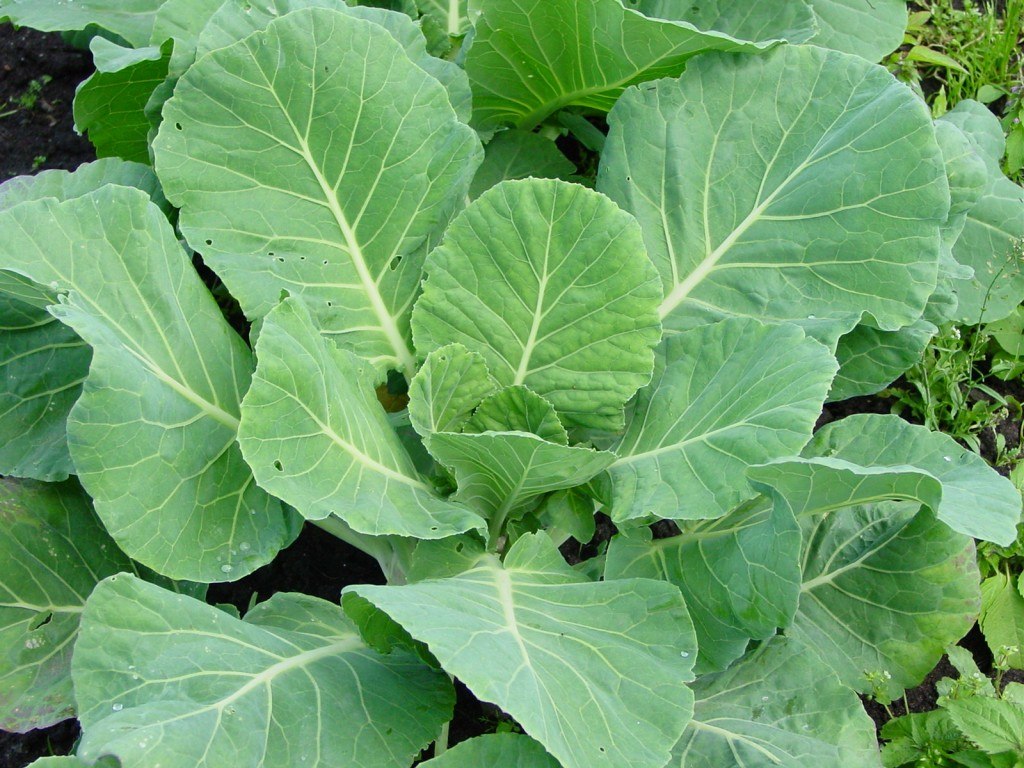 Cauliflower - the culture is very finicky. When growing it, gardeners often encounter various difficulties. The most common problem is the lack of ovaries. Such an anomaly can be caused by various reasons, eliminating which you can count on a good harvest.
Cauliflower - the culture is very finicky. When growing it, gardeners often encounter various difficulties. The most common problem is the lack of ovaries. Such an anomaly can be caused by various reasons, eliminating which you can count on a good harvest.
Content
Possible causes and solutions
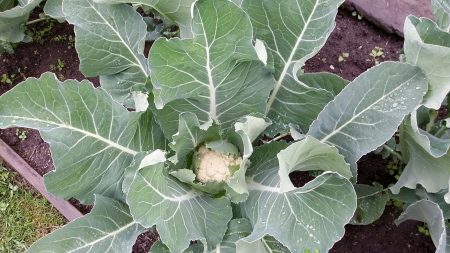 One of the reasons for the lack of head formation in cauliflower may be a defeat of some kind of disease. The most dangerous and not treatable include mucous bacteriosis, keel, black leg. The plants weakened by the disease fight for life and are not able to bear fruit. To avoid the further spread of infection, cabbage must be removed from the garden without regret. In addition to diseases, the lack of fruit formation can be caused by non-compliance with the rules of planting and caring for the crop.
One of the reasons for the lack of head formation in cauliflower may be a defeat of some kind of disease. The most dangerous and not treatable include mucous bacteriosis, keel, black leg. The plants weakened by the disease fight for life and are not able to bear fruit. To avoid the further spread of infection, cabbage must be removed from the garden without regret. In addition to diseases, the lack of fruit formation can be caused by non-compliance with the rules of planting and caring for the crop.
Poor planting material
Seed selection is the very first and most important step in growing cauliflower. Poor-quality seeds cause plants to grow either too weak to bear fruit, or initially grow sterile. In order not to spend time and energy in vain when choosing seeds, you should adhere to some recommendations:
- Do not harvest seeds from hybrid varieties, that is, from varieties marked F1;
- choose varieties of domestic selection;
- check the expiration date printed on the package;
- give preference to cabbage entered in the state register of selection achievements;
- buy seeds of well-known agricultural companies with a good reputation.
Error in the choice of variety
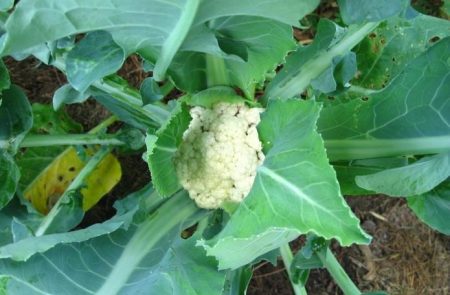 The formation of heads of cabbage can not wait, if you make a mistake in choosing a variety. For example, later varieties will not have time to set heads in the northern regions. The process of head formation begins only 60-70 days after a rosette of 10-13 leaves is formed. The cabbage is poured and ripens over the next three weeks. Long ripening periods allow the cultivation of vegetables of such varieties only in the southern regions, with long and warm summers.
The formation of heads of cabbage can not wait, if you make a mistake in choosing a variety. For example, later varieties will not have time to set heads in the northern regions. The process of head formation begins only 60-70 days after a rosette of 10-13 leaves is formed. The cabbage is poured and ripens over the next three weeks. Long ripening periods allow the cultivation of vegetables of such varieties only in the southern regions, with long and warm summers.
Therefore, choosing a variety of cauliflower, it is necessary to take into account the climate features of your region:
- northern latitudes, Ural, Siberia - only early varieties;
- central Russia, Volga region - early varieties and varieties with medium ripening;
- south of Russia - any type of cabbage, including with late ripening.
Cauliflower is not only a very tasty vegetable, but also very healthy. It contains a large amount of protein and ascorbic acid. During heat treatment, it retains most of the vitamins. Nutritionists recommend the inclusion of cauliflower in various diets and in the children's menu.
Unsuitable landing site
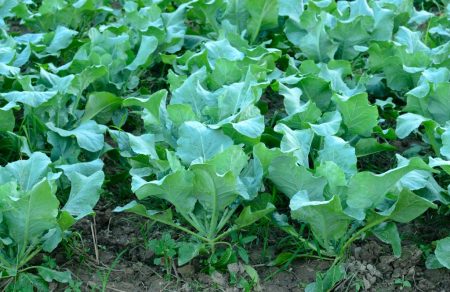 A vegetable garden located in the shade will not bring a crop. From a lack of light, the processes of photosynthesis are disrupted, and the cabbage in search of light is greatly extended. All the forces of the plant are spent on the growth of green mass, and not on the head of cabbage. Therefore, when choosing a landing place, you should stop at a site with good lighting (at least three hours of direct sunlight and shading in the middle of the day);
A vegetable garden located in the shade will not bring a crop. From a lack of light, the processes of photosynthesis are disrupted, and the cabbage in search of light is greatly extended. All the forces of the plant are spent on the growth of green mass, and not on the head of cabbage. Therefore, when choosing a landing place, you should stop at a site with good lighting (at least three hours of direct sunlight and shading in the middle of the day);
The soil composition has a great influence on the quantity and quality of the crop. The culture grows poorly on heavy and sandy soils.And it is especially good at sandy-clay fertile soils with neutral acidity. To change the structure of the soil, additional components are introduced into it:
- for heavy soils with a high clay content - coarse river sand, humus or compost (1-2 buckets of each substance per square meter);
- for sandy soils - chernozem or peat moss compost (1-2 buckets per square meter), planting siderata plants (lupins, legumes).
To normalize the acidity of the soil, liming is carried out. For this, from 400 to 800 grams of lime is added per square meter, depending on the initial pH level. It should be remembered that this procedure can be carried out only 3-4 months before planting. Immediately before planting, acidity can be reduced with baking soda. To do this, the soil is shed with soda solution (50 grams per liter of water) or applied dry (100 grams per square meter).
Lack of moisture
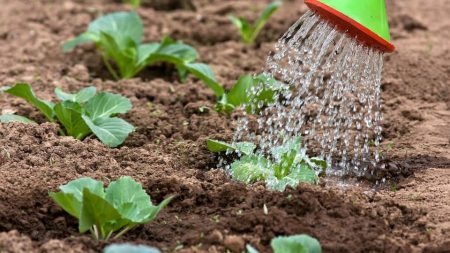 The lack of natural rainfall and improperly organized watering are some of the common causes of cabbage head disturbance. A love of culture does not tolerate even short periods of drought. It should be noted that plants are demanding not only for soil moisture, but also for air humidity.
The lack of natural rainfall and improperly organized watering are some of the common causes of cabbage head disturbance. A love of culture does not tolerate even short periods of drought. It should be noted that plants are demanding not only for soil moisture, but also for air humidity.
According to the recommendations of agronomists, in the absence of rain, watering should be carried out 2-3 times a week. The consumption per bush during laying the head is 10 liters per square meter. To maintain air humidity, the bushes are irrigated with water, spraying it to a state of fog and mulch the soil around the plants. As a mulching layer, straw or mowed, dried grass is well suited.
Do not use grass that already has seeds to mulch; this will cause unwanted weed propagation. Do not forget to dry the roots of such grass in order to avoid its rooting.
Weather
Culture does not like hot weather and sudden changes in temperature. Even a short-term increase in air temperature above 30 degrees causes a rearrangement of the hormonal system in plants. As a result, this leads to a malformation of the head of cabbage, for which it is grown. In order to save seedlings from extreme heat and cold, first of all, it is necessary to correctly determine the timing of their transplantation into open ground. Here you need to adhere to the middle ground - to plant cabbage so early that it has time to ripen before the summer heat, but at the same time it does not suffer from spring frosts.
Deficiency or excess of nutrients
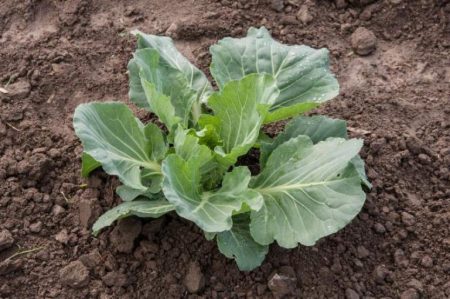 Vegetable culture is demanding on the composition of the soil. Seedlings planted on poor soils suffer from a lack of micro and macro elements, as a result, the processes of growth and development are disrupted. Such plants form deformed heads of cabbage or do not tie them at all.
Vegetable culture is demanding on the composition of the soil. Seedlings planted on poor soils suffer from a lack of micro and macro elements, as a result, the processes of growth and development are disrupted. Such plants form deformed heads of cabbage or do not tie them at all.
An overabundance of nutrients, especially nitrogenous ones, leads to blistering of the leaves and the death of the apical growth point. Fruit bearing periods are shifted or not occurring. With a lack of boron and molybdenum in the soil, heading is not possible. In order not to arise such a situation, you should carefully consider refueling the soil before planting, as well as applying fertilizing throughout the growing season. Agronomists recommend that you follow the following pattern of fertilizer use:
- make in the soil for digging: in the fall - 5 kg of fresh manure per 1 m2 or in the spring - 5 kg of humus or compost per 1 m2;
- the first top dressing 15 days after transplanting into the soil: 2 grams of superphosphate, ammonium nitrate and potassium chloride are dissolved per liter of water;
- after 12-15 days, re-verification is carried out similarly to the first;
- during head formation, top dressing with boron and molybdenum is necessary.2.5 g of substance are diluted in 10 liters of water and cabbage is watered (1 liter per plant).
Fertilizer consumption rates are given for soils with medium fertility. For poor, depleted soils, the norm can be increased by a quarter.
How to improve head tethering
In addition to observing the basic principles of agricultural technology, cabbage can help in the formation of heads in the following ways:
- foliar top dressing with boric acid. ½ teaspoon of the substance is dissolved in five liters of water, heated to 90 degrees. Spray the cabbage leaves with the resulting solution;
- root dressing with potassium nitrate. 10 grams of the substance is diluted in 10 liters of water at room temperature and the culture is watered under the root. Consumption of 0.5 liters per plant;
- after a flower shoot is formed, young leaves around it are torn off. This will make room for shoot growth inside the bush.
Useful tips for growing cauliflower
- treat the seeds before sowing with antiseptic solutions (potassium permanganate, baking soda) and growth stimulants (Epin, aloe flower juice);
- when growing seedlings, maintain air temperature at the level of 15-18 degrees. This will harden the plants and prevent them from stretching;
- when transplanting seedlings into the ground, pinch off the two cotyledonary and the first two true leaves. This contributes to better survival;
- water the plants only with cold well water, without chlorine;
- if an ovary begins to form, break a sheet above it and cover the head from sunlight. This will prevent its yellowing and drying out;
- harvest on time. As soon as the inflorescence reaches 10-12 cm in diameter, the cabbage is ready for collection;
- do not break off the heads, but cut with a sharp knife with 3-4 protective rosette leaves;
- during harvest, pay attention to the root of the plant. If you find a seal on it, it means a keel infection. The vegetable residues of such cabbage should be burned, and the soil should be treated with copper sulfate.
Cabbage, suspended by its roots in a cool place, retains its freshness for about four weeks.
Conclusion
Despite the fact that cauliflower is the most difficult to grow, a large number of gardeners plant it annually in their plots. After all, having studied the agricultural technology of its cultivation, you can get good yields and never face the problem of poor heading.

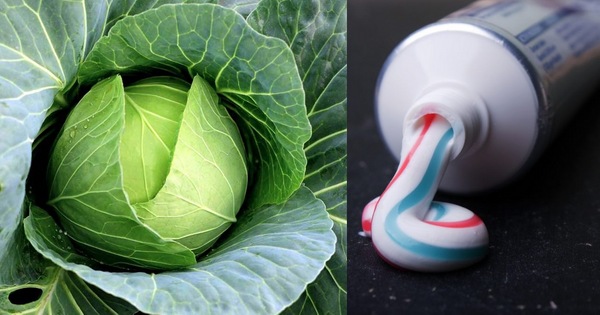
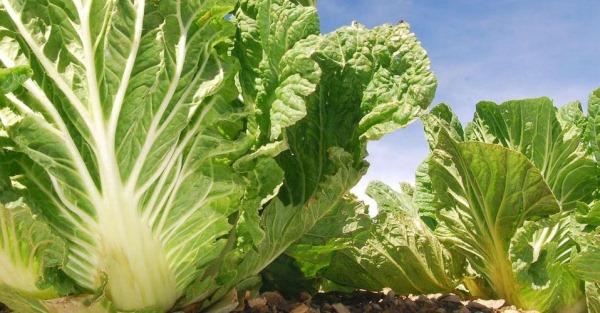
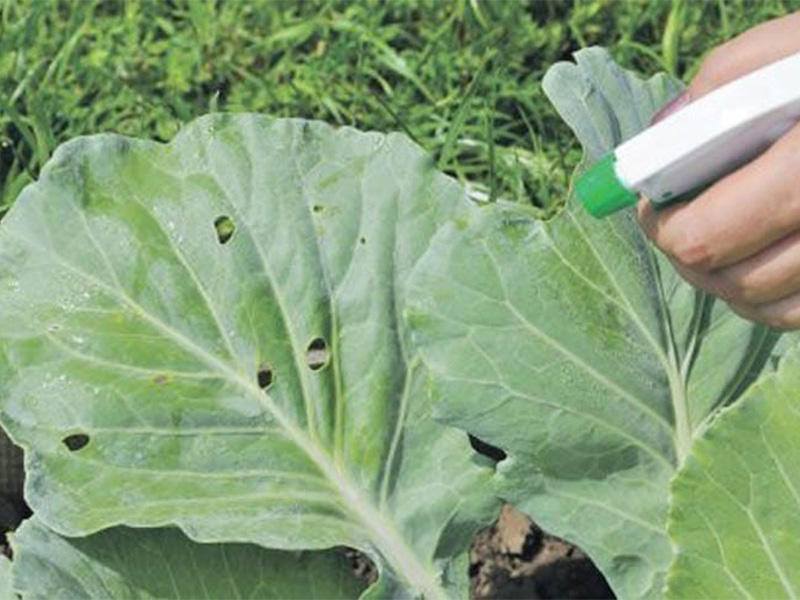
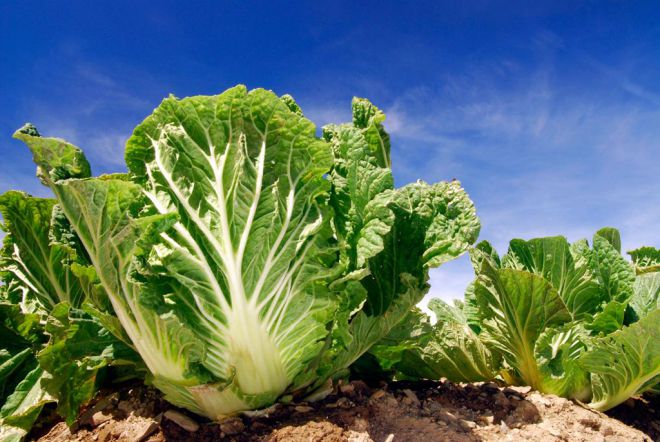 How to grow Chinese cabbage on your site?
How to grow Chinese cabbage on your site?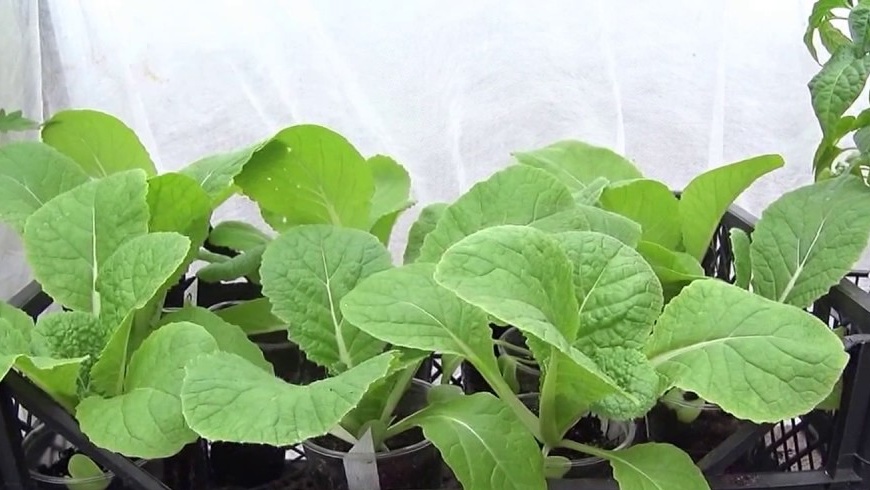 When to plant Chinese cabbage on seedlings in 2024
When to plant Chinese cabbage on seedlings in 2024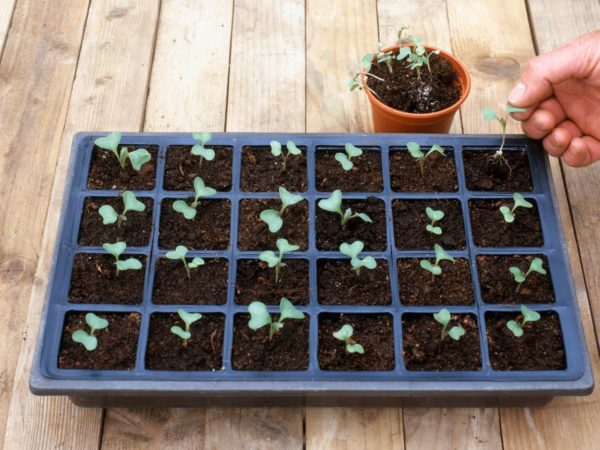 When to sow cabbage for seedlings in 2019 on the moon
When to sow cabbage for seedlings in 2019 on the moon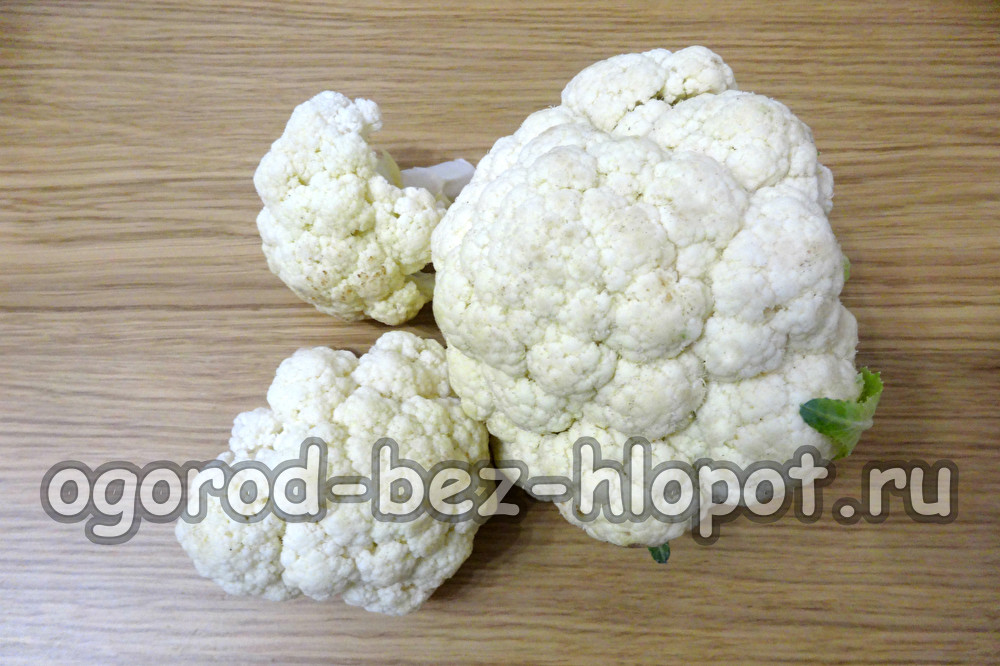 Cauliflower: how to grow large snow-white inflorescences
Cauliflower: how to grow large snow-white inflorescences